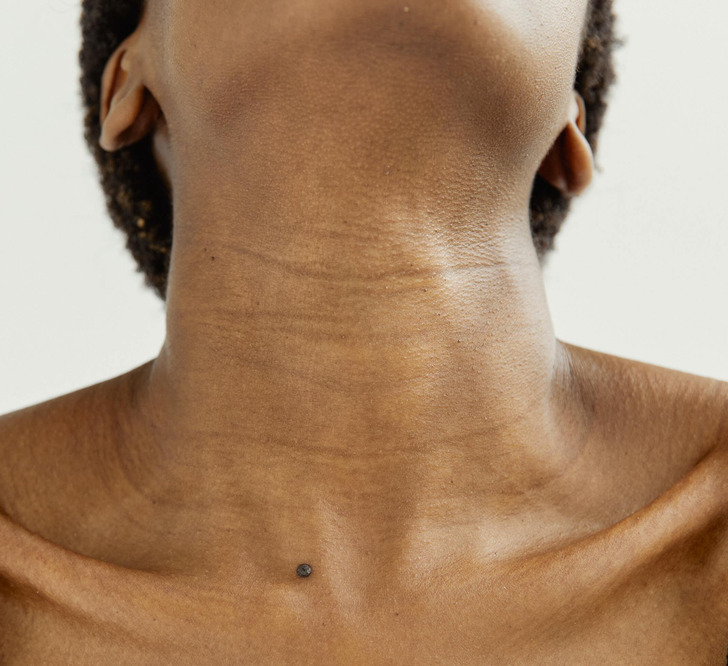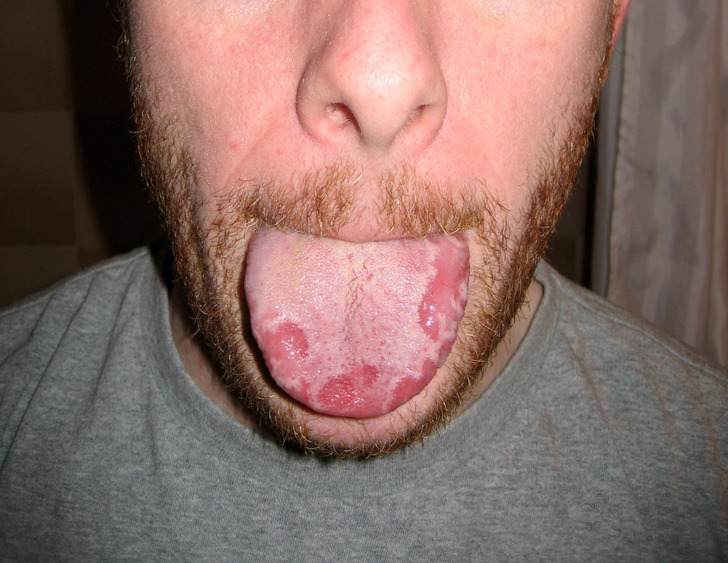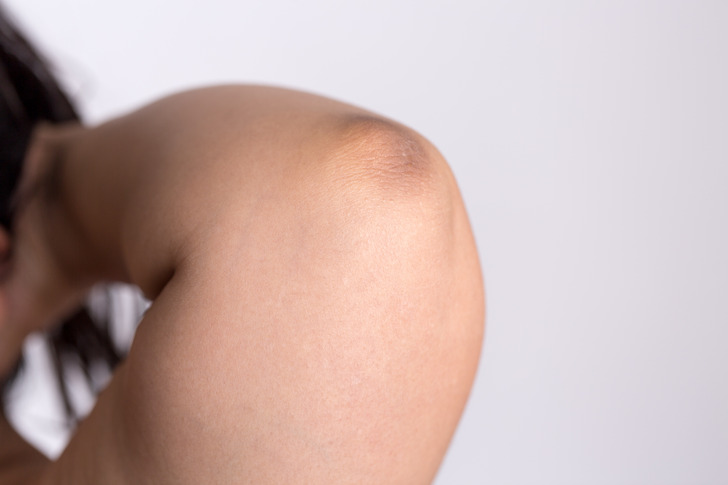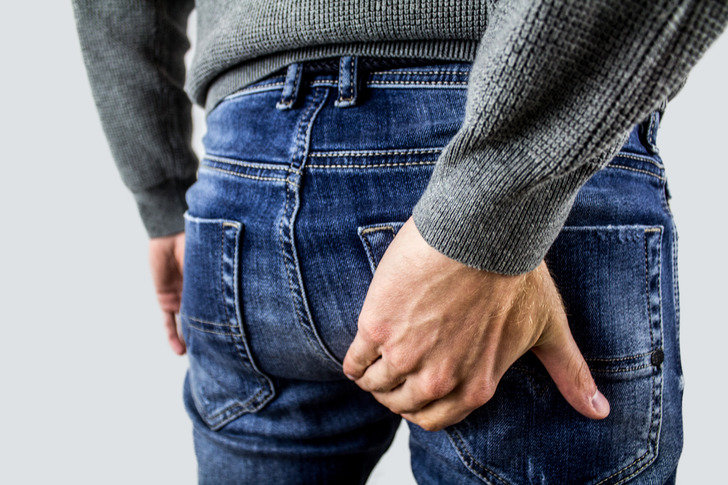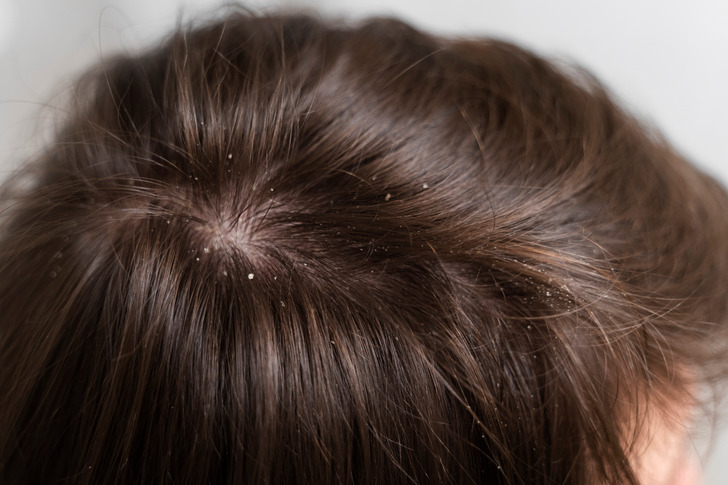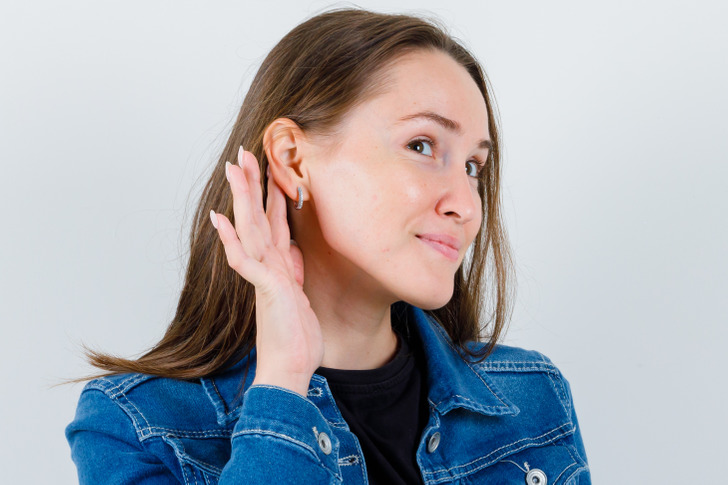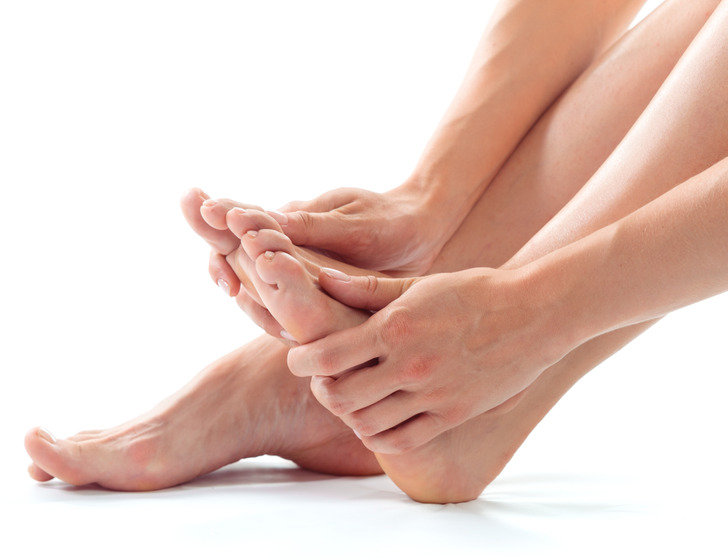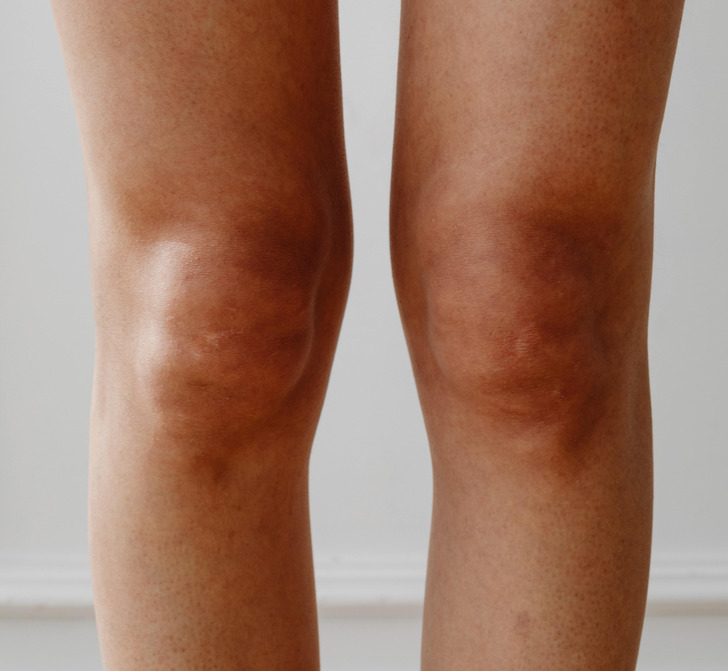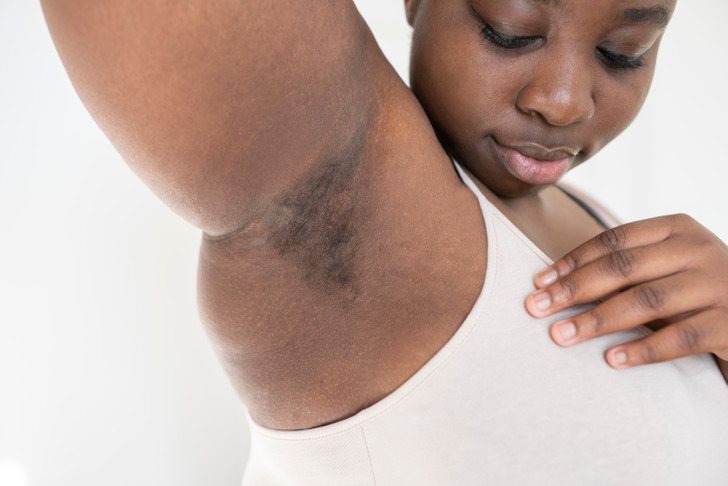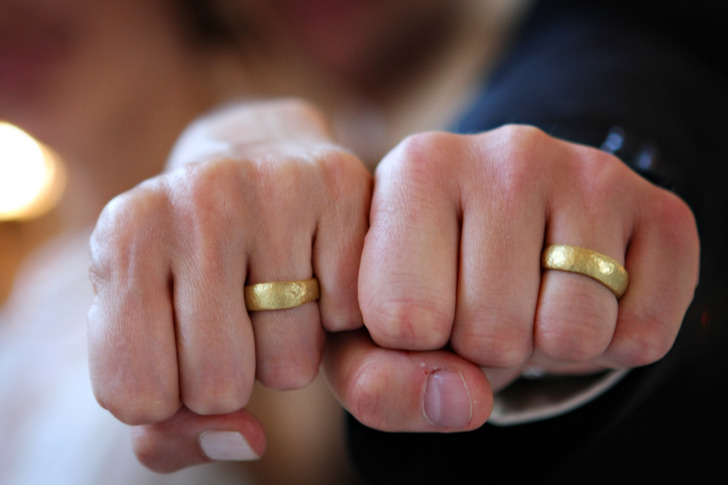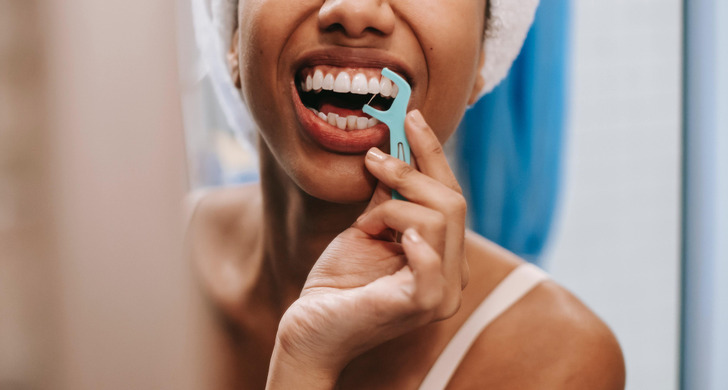13 Areas of Your Body You’re Probably Forgetting to Take Care Of
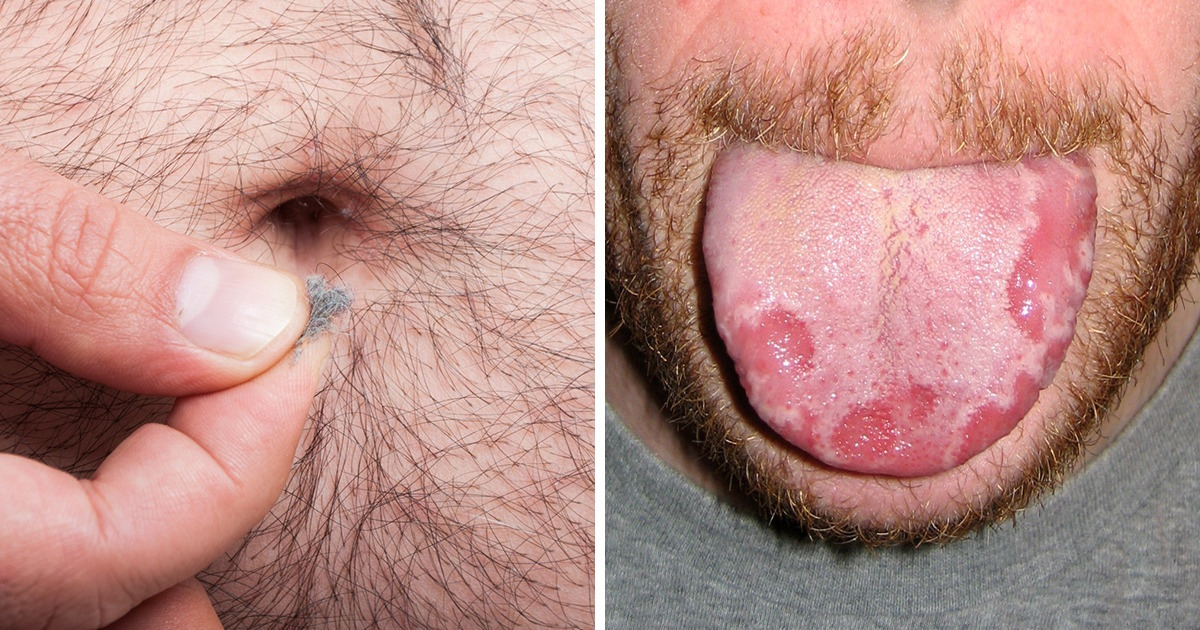
Showering daily or every other day is something that is commonly associated with good personal hygiene. After all, not showering enough can lead to things like foul body odor and the buildup of dead skin cells and bacteria. However, showering too much may also bring negative effects, like excessive dryness in the skin.
The truth about personal hygiene will depend on every person’s lifestyle, but one thing remains true—we often forget to take proper care of certain areas of our body. Below is a list of the body parts that you should pay more attention to when taking care of yourself.
❗Important: This article has been created for informative purposes only and does not provide professional advice. If you notice any strange development in your body, you should consult with a specialist.
1. Neck
It is very common to have a skincare routine to keep your face clean, but the neck area is often forgotten. The neck is exposed to the same external factors as the face, like UV light and a wide array of pollutants. In addition to this, the skin of the neck is considerably thinner, which makes it prone to premature wrinkling.
While there are products dedicated to the neck area and its thinner skin, specialists indicate that applying the same products that you use in your skincare routine for your face is more than enough.
2. Tongue
Similarly, people often forget about their tongues when it comes to dental hygiene. Just like your teeth, your tongue is covered with bacteria, which builds up throughout the day. This is known as biofilm, which can lead to bad breath and even tooth damage if you don’t clean your tongue.
The solution is to simply brush your tongue every time you brush your teeth. Make sure to do it thoroughly without doing it too hard. You can use a tongue scraper as well.
3. Elbows
The skin of your elbows can easily become dry if you don’t moisturize them often. The underlying reasons for dry elbows are varied, but some of them include weather conditions, irritation caused by certain soaps and perfumes, and it’s even a symptom of certain medical conditions like eczema and psoriasis.
The recommended way to treat dry elbows is to moisturize them more regularly, especially after swimming or taking a bath. Other solutions that may help are avoiding fabrics and detergents that irritate the skin, as well as wearing protective clothing.
4. Buttocks
The skin of your buttocks is susceptible to acne and blocked pores, though that’s more prevalent in areas such as your face and chest. More often than not, a pimple on your butt is actually a case of folliculitis—an inflamed hair follicle—which can be caused by sweat, friction, and items of clothing that are not made of breathable materials and that keep your skin moist. It can also be due to a different reason or condition, like a skin abscess.
Since the reasons could be varied, it’s better to play it safe and adopt preventive measures—shower or wash the skin after sweating, use cotton underwear, and don’t pick at any blemish that you may encounter.
5. Scalp
There are many reasons why dandruff may appear on your scalp, ranging from a reaction to hair products, to a fungus that feeds on the oils that are on your scalp, to other underlying skin conditions. Cold seasons and periods of stress are factors that may make dandruff a more severe problem.
Whatever the cause, you can mitigate or stop dandruff if you apply the correct treatment while washing your hair. Frequent washing with a regular shampoo works in most cases, though you may have to turn to a shampoo that was designed to control dandruff if the problem persists.
6. Nails
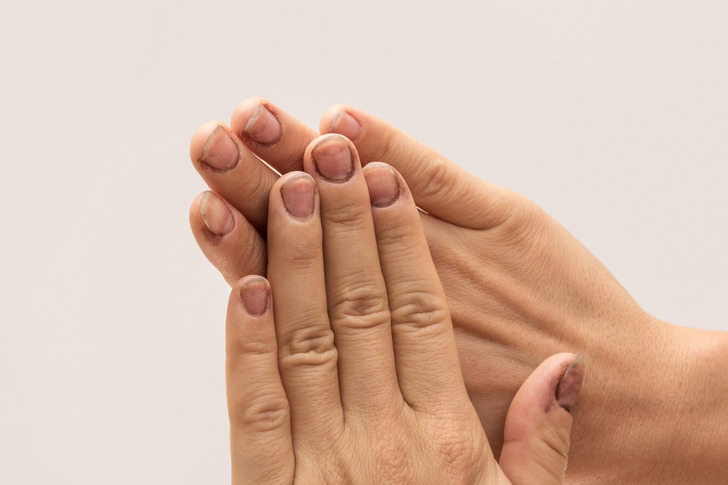
Even if you thoroughly wash your hands many times per day, it is still possible for the gray gunk that accumulates under your nails to remain there. That’s because it’s quite normal to have it, as it is mostly composed of things like keratin debris, skin cells, and dirt. If this gunk turns green, however, then it is a symptom of bacteria growing under your nails, which could lead to infection.
The best way to keep this from happening is to keep your nails trimmed short. You can also step up your game while washing your hands by digging your nails into a bar of white soap. The moisturizer you use will also play a factor—thick and goopy moisturizers tend to trap dirt, which will make your nails look dirtier.
7. Ears
We all produce earwax. It’s your body’s natural barrier that prevents harmful things from getting inside your ears. You may think that using a cotton swab is a great idea to help get rid of excess earwax, but using one will only push the wax deep inside your ears, which may cause a blockage or other types of harm in the future.
Actually, earwax is self-cleaning. When you chew and move your jaw, old earwax is moved out of the ear canal, where it eventually dries up and falls out. If you feel like you must clean your ears, use a washcloth to softly clean the outside area. Pay attention to the skin behind the ears as well, as it tends to trap a lot of sweat and oil, which can cause a bad smell.
8. Feet
Washing your feet by letting the water from the shower fall onto them is not enough. You should pay attention to the sides and the bottoms of your feet as well, due to the bacteria that builds up on the skin that covers your feet. Scrubbing your feet is also very helpful in getting rid of dead skin cells and exfoliating the skin.
Another key thing to consider while taking proper care of your feet is drying between your toes after you wash them, which will help prevent fungal infections like athlete’s foot. Your footwear choice is also very important if you have a tendency to suffer from structural problems with your feet.
9. Belly button
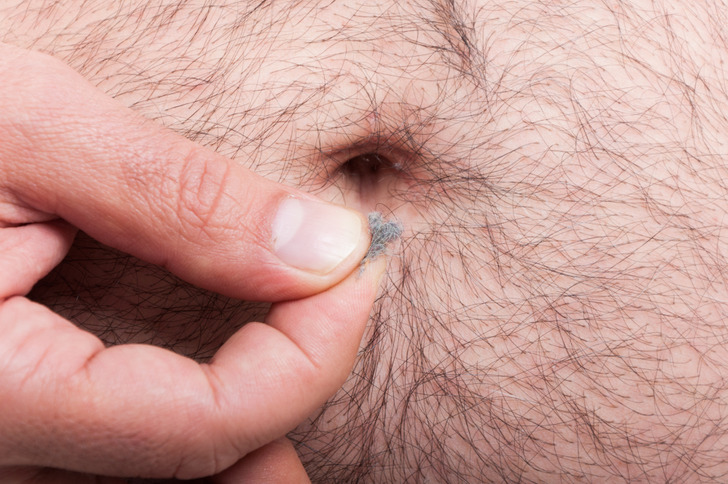
The belly button and its many crevices are hosts to a plethora of bacteria, which could lead to a bad smell, a yeast infection, or navel stones.
The cleaning process will depend on what kind of belly button you have, though regular washing of the area with soap should take care of most of it. If your belly button protrudes outward—commonly known as an outie—a shower will suffice, but if you have an innie, you should use a saline solution on a washcloth or your finger to clean it before rinsing with plain water.
10. Knees
It is common for the skin on your knees to become a shade or two darker than the rest of your body. The reasons that explain this phenomenon include sun exposure, friction, and dryness of that area.
If you want to avoid this harmless hyperpigmentation of the knees, make sure to apply sunscreen on your knees on a regular basis, at least when they’re going to be exposed to sunlight. Moisturizing your knees every day will also keep the skin healthy.
11. Armpits
The skincare situation for your underarms is filled with problems—sweat, smell, and rashes, to name a few—but its importance still gets ignored. Using just deodorant to keep the area odor-free is not enough to keep the skin healthy there.
Keeping the area clean should be your main priority. Washing the area once a day and exfoliating it once or twice a week should be enough to keep the skin healthy and clean. Moisturizing the area will also be helpful. Finally, one last thing to do is to reassess some of your skincare choices for your armpits, namely, the kind of deodorant and hair removal method you’re using. Make sure you’re using the options that suit you best, as it is easy for the skin to become irritated.
12. Hands and knuckles
Certain habits and environmental conditions can cause your hands to become dry and cracked, especially on the knuckles. Some of the conditions that make this problem worse are cold weather, extensive or repetitive hand washing, and other underlying medical conditions.
The common remedy for dry knuckles is keeping the area moisturized. You can also help the situation further by wearing gloves to either boost the effect of the moisturizer or to keep them protected from water and other agents that make your hands dry. Keep an eye out for ingredients such as glycerin and aloe vera, which are great for dry skin.
13. Teeth
Taking care of your teeth is mostly associated to brushing, but you would be mistaken if you think that brushing your teeth—and tongue—twice a day is more than enough to take proper care of your dental hygiene. In reality, brushing will take care of roughly half of the dental plaque that’s in your mouth, meaning that the risk for things like gum disease and bad breath still lingers.
The solution to step up your dental hygiene is to incorporate dental floss into your cleaning routine. Flossing will get rid of the food that gets stuck between your teeth, which your toothbrush won’t be able to reach. You also have to be careful about flossing incorrectly or brushing your teeth too much, as it can result in tooth and gum damage.
Which body part from this list surprised you? Are there any new skincare or hygiene practices that you will incorporate into your everyday routine?
